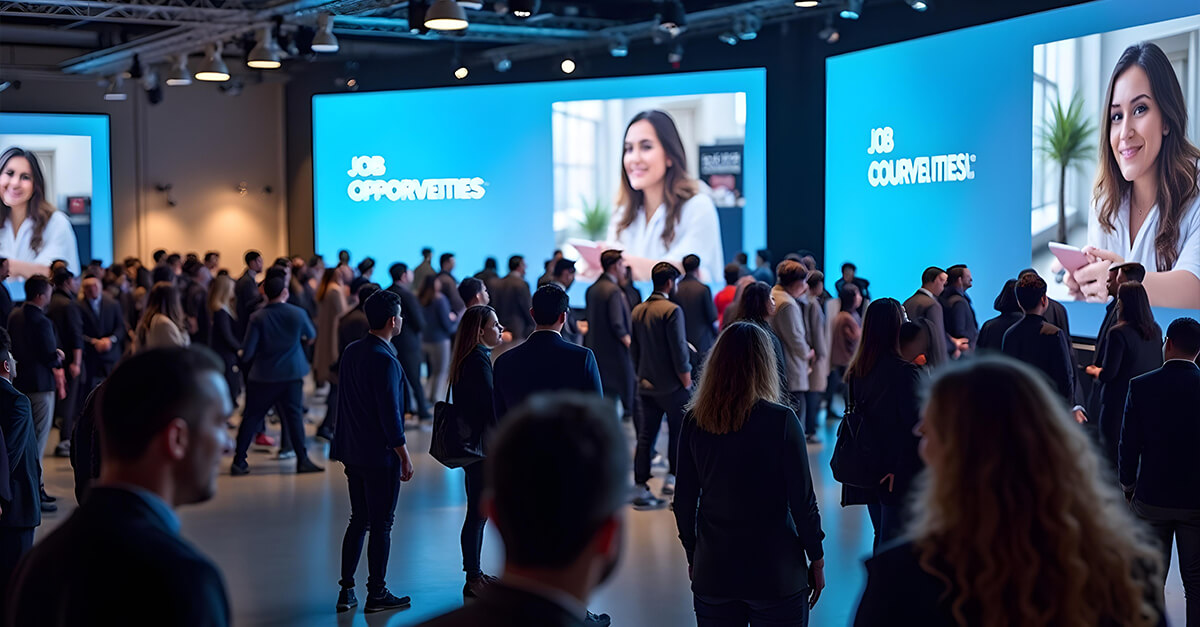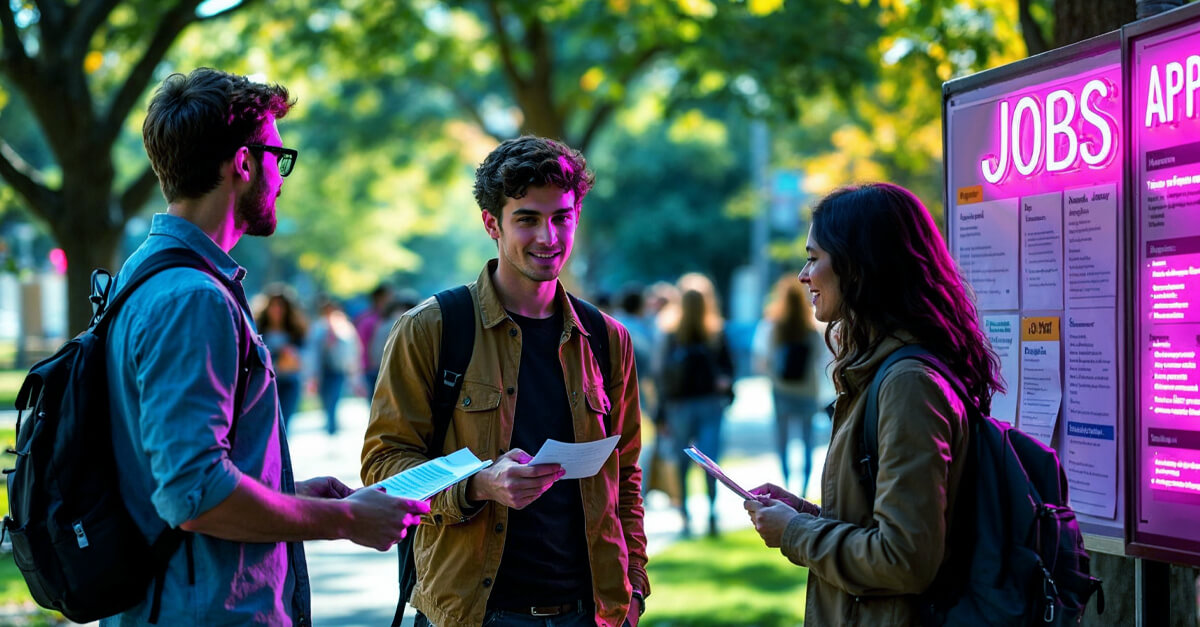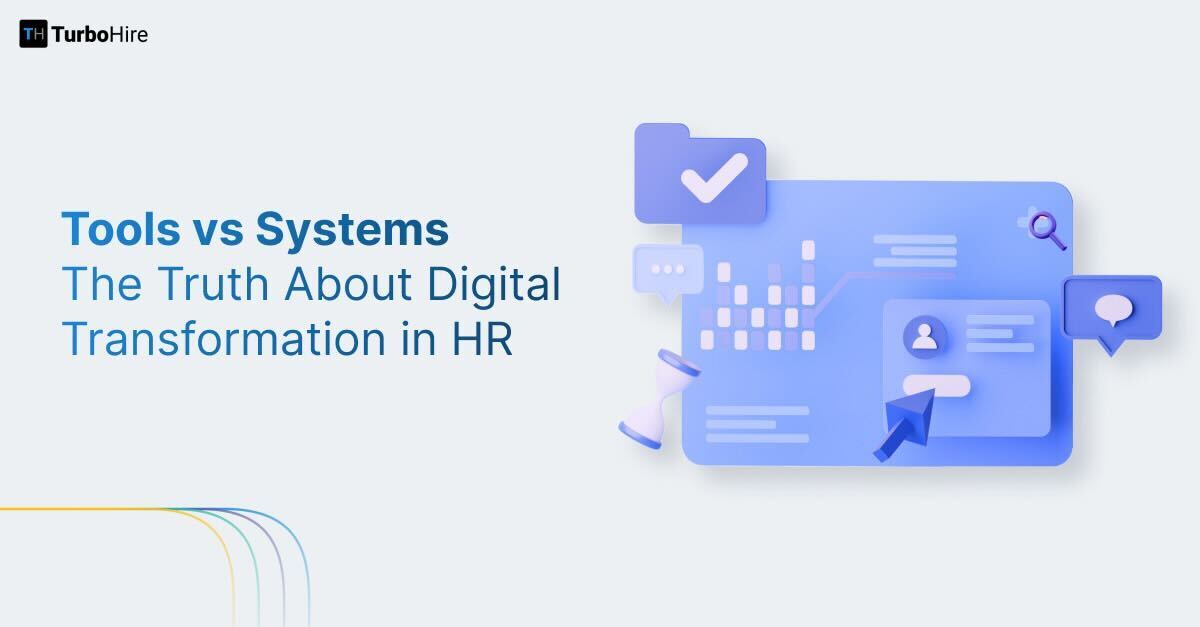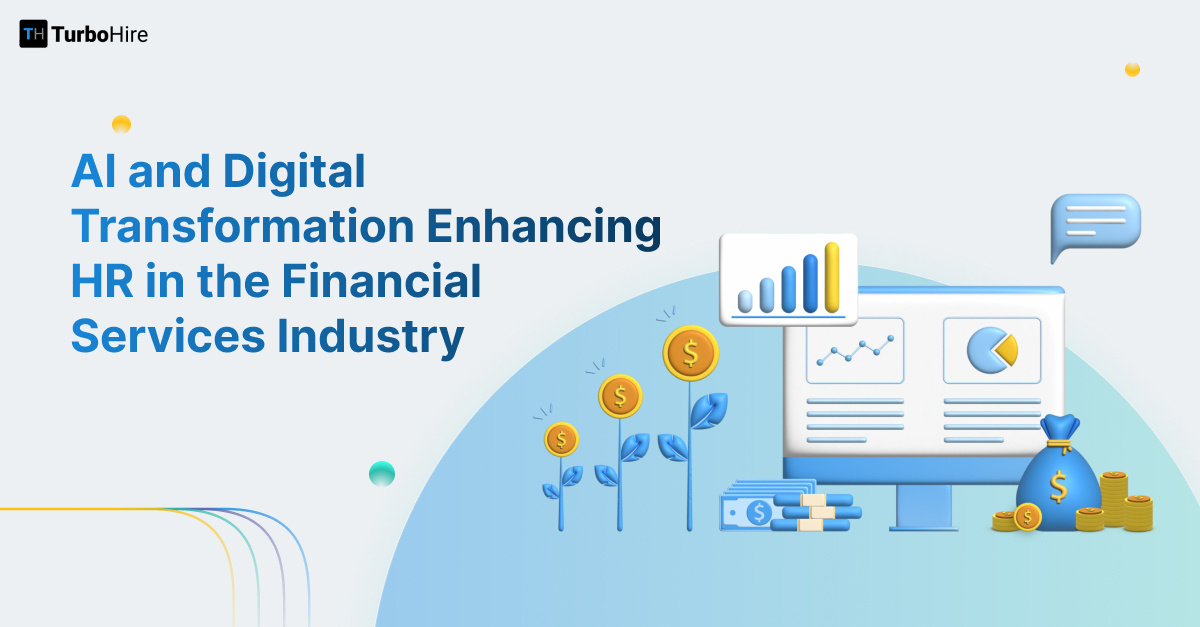Introduction
In today’s competitive workplace environment, employee wellness programs are essential for attracting, retaining, and engaging top talent. Organizations increasingly recognize the connection between employee well-being and productivity, adopting initiatives that support physical, mental, and emotional health. As workplaces shift towards hybrid and remote models, traditional wellness approaches are evolving into digital-first solutions, offering accessibility, personalization, and measurable impact.
Employee wellness programs are structured initiatives designed to enhance the overall well-being of employees. Initially focused on physical health, these programs now encompass mental health resources, financial planning tools, and stress management workshops.
Key Components of Modern Wellness Programs
- Physical Health: Initiatives such as on-site gyms, fitness challenges, and healthy eating programs.
- Mental Health: Access to counseling, mindfulness apps, and mental health support platforms.
- Financial Wellness: Budgeting workshops, debt management tools, and retirement planning resources.
- Social Well-being: Activities that promote team bonding, recognition, and work-life balance.
By addressing multiple aspects of wellness, companies can boost employee morale, productivity, and loyalty while creating a healthier workplace culture.
The Shift to Digital-First and AI-Driven Solutions
With advancements in technology, digital wellness solutions have become the cornerstone of modern employee wellness strategies. AI-driven platforms are taking these solutions a step further by streamlining processes, offering tailored recommendations, and automating repetitive tasks.
How AI Revolutionizes Wellness Programs
- Streamlined Processes: AI automates mundane HR tasks such as scheduling, follow-ups, and reporting, freeing up time for HR teams to focus on wellness initiatives.
- Personalization: AI-powered tools analyze employee preferences and behaviors to offer personalized wellness plans.
- Data-Driven Insights: Real-time analytics from wearables and digital platforms provide actionable data to refine wellness strategies.
- Enhanced Engagement: AI-driven chatbots and gamified tools foster employee participation in wellness programs.
The Future of Employee Wellness Programs: Digital-First Approaches
Employee wellness programs are evolving rapidly, driven by the need to cater to a tech-savvy and health-conscious workforce. As organizations embrace digital-first approaches, wellness programs are no longer limited to physical health but now address mental, emotional, and financial well-being. This shift reflects the growing demand for accessible, personalized, and data-driven wellness solutions in an increasingly hybrid and remote work environment.
Digital-first wellness programs use advanced technologies like AI, automation, and analytics to provide employees with seamless, 24/7 access to wellness resources. From virtual fitness challenges to mental health support apps, these tools make wellness initiatives more inclusive and impactful.
Trends Shaping Employee Wellness in the Digital Era
The digital transformation of employee wellness is being shaped by several key trends:
- Personalization with AI: AI-driven platforms analyze individual preferences to deliver tailored wellness plans, making initiatives more relevant and engaging.
- Wearables and Health Tracking: Devices like fitness trackers monitor activity, stress levels, and sleep patterns, providing employees with real-time insights.
- Mental Health Focus: Digital platforms offering therapy, mindfulness exercises, and stress management tools are addressing the growing importance of mental well-being.
- Hybrid Work Wellness Solutions: Virtual wellness programs, gamified challenges, and online workshops are bridging the gap for remote and hybrid employees.
- Data-Driven Decisions: Analytics tools enable HR teams to measure the effectiveness of wellness programs, identify gaps, and refine strategies.
These trends highlight the importance of integrating technology into wellness initiatives to meet the evolving needs of employees.
The Role of Technology in Promoting Employee Health
Technology plays a critical role in redefining how organizations support employee well-being. By integrating AI and automation, companies can create efficient, scalable, and impactful wellness programs.
Key Benefits of Technology-Driven Wellness Programs
- Accessibility: Digital platforms provide 24/7 access to resources, ensuring employees can engage with wellness tools anytime, anywhere.
- Engagement: Gamification and interactive tools encourage higher participation rates.
- Efficiency: Automation reduces manual work, allowing HR teams to focus on strategy.
- Scalability: Digital solutions can be rolled out globally with consistent quality and support.
Key Benefits of Tech-Driven Wellness Solutions
Incorporating technology-driven wellness solutions into the workplace is transforming employee well-being programs. These solutions are efficient, engaging, and impactful, helping organizations support their workforce holistically. Here are the key benefits of adopting tech-enabled employee wellness programs:
- Personalization and Tailored Wellness Experiences: Using AI-powered wellness platforms, organizations can deliver highly personalized plans. From customized fitness routines to mental health resources, technology ensures that each employee’s unique needs are met, increasing engagement and satisfaction.
- Increased Accessibility: Digital wellness solutions provide 24/7 access to resources, making them ideal for hybrid and remote teams. Employees can engage with programs through mobile wellness apps, virtual platforms, and wearables, ensuring consistent participation and support.
- Real-Time Monitoring and Feedback: Wearables and health tracking devices offer real-time wellness insights, including physical activity, stress levels, and sleep patterns. Employees can monitor progress instantly, while organizations use aggregated data to optimize wellness strategies.
- Scalable Solutions for Global Teams: Tech-driven wellness programs scale effortlessly across small teams or global organizations. These solutions maintain consistent quality and offer customizable features to meet diverse employee needs worldwide.
- Enhanced Engagement Through Gamification: Gamified elements like step challenges, leaderboards, and rewards make wellness programs more enjoyable and competitive. This increases employee wellness engagement and drives sustained participation in health-focused activities.
- Data-Driven Decision-Making: Wellness analytics tools provide actionable insights, allowing HR teams to measure program success, identify gaps, and refine strategies. Data-driven decision-making ensures programs align with both employee needs and organizational goals.
- Cost Efficiency and Resource Optimization: By automating wellness management tasks, technology-driven wellness solutions reduce administrative costs. Scalable platforms enable companies to implement programs affordably, optimizing resources and maximizing ROI.
- Holistic Employee Wellness Support: Technology integrates various aspects of employee wellness—physical, mental, financial, and social—into a single platform. Employees benefit from cohesive resources like fitness plans, mindfulness exercises, and financial tools.
Measuring the Impact of Digital Wellness Initiatives on Employee Performance
Digital wellness initiatives have revolutionized how organizations approach employee well-being, but measuring their impact is crucial to ensure their effectiveness. By analyzing specific metrics and outcomes, companies can determine whether these programs truly enhance employee performance, productivity, and engagement.
A well-executed measurement strategy allows organizations to:
- Evaluate ROI (Return on Investment) for wellness programs.
- Identify areas for improvement.
- Strengthen the connection between wellness initiatives and business outcomes
Linking Wellness to Productivity and Engagement
A direct correlation exists between employee wellness and workplace performance. Employees who are physically and mentally healthy are more productive, engaged, and less likely to experience burnout.
Key Connections:
- Higher Engagement: Employees who feel supported through wellness programs report increased satisfaction and loyalty, boosting engagement metrics.
- Improved Focus: Reduced stress and improved mental health lead to better decision-making and task completion.
- Lower Absenteeism: Healthy employees are less likely to take sick days, improving overall attendance.
- Better Collaboration: Wellness programs that promote team activities or mindfulness improve workplace relationships.
Case Studies: Companies Leading the Charge in Digital Wellness
Forward-thinking companies are setting benchmarks in digital wellness by leveraging technology to support employee well-being. These organizations demonstrate how innovative approaches to wellness programs can drive engagement, productivity, and organizational success.
1. Google: Holistic Digital Wellness Approach
Key Features:
- Google’s wellness initiatives integrate physical, mental, and emotional health through digital platforms. Employees access resources like mental health apps, meditation tools, and fitness tracking.
- Their “gPause” program promotes mindfulness, offering guided meditations and workshops.
Results:
- Improved employee satisfaction scores and reduced stress levels.
- Increased participation in mindfulness and mental health programs, fostering a culture of wellness.
2. Microsoft: Personalized Wellness Through AI
Key Features:
- Microsoft uses AI to personalize wellness offerings, including fitness recommendations and mental health support.
- Their Viva Insights platform provides employees with actionable insights on work patterns, promoting work-life balance and reducing burnout.
Results:
- Employees reported better focus and productivity due to reminders for breaks and wellness activities.
- Enhanced engagement with wellness programs, driven by data-backed personalization.
3. Johnson & Johnson: Empowering Wellness With Wearables
Key Features:
- Johnson & Johnson implemented wearable devices to track employee health metrics like activity levels, sleep, and stress.
- The company’s “Energy for Performance” program integrates digital coaching to improve physical and mental health.
Results:
- Measurable reductions in absenteeism and healthcare costs.
- Enhanced employee awareness and ownership of their personal wellness journeys.
Conclusion
The evolution of employee wellness programs into digital-first, AI-driven solutions mirrors the dynamic needs of modern hybrid and remote workplaces. By leveraging advanced technologies, organizations can create comprehensive, personalized, and scalable wellness initiatives that address all dimensions of well-being—physical, mental, emotional, and financial. These programs not only enhance employee satisfaction and productivity but also cultivate a workplace culture that supports and values its people—an essential factor for attracting and retaining talent.
As the future of work continues to unfold, prioritizing employee wellness through innovative, technology-driven platforms will be critical. By embracing these solutions, organizations can foster resilience, engagement, and long-term success, ensuring their teams thrive in today’s competitive environment. In this era of digital transformation, investing in holistic wellness strategies is not just beneficial—it’s imperative.

























































